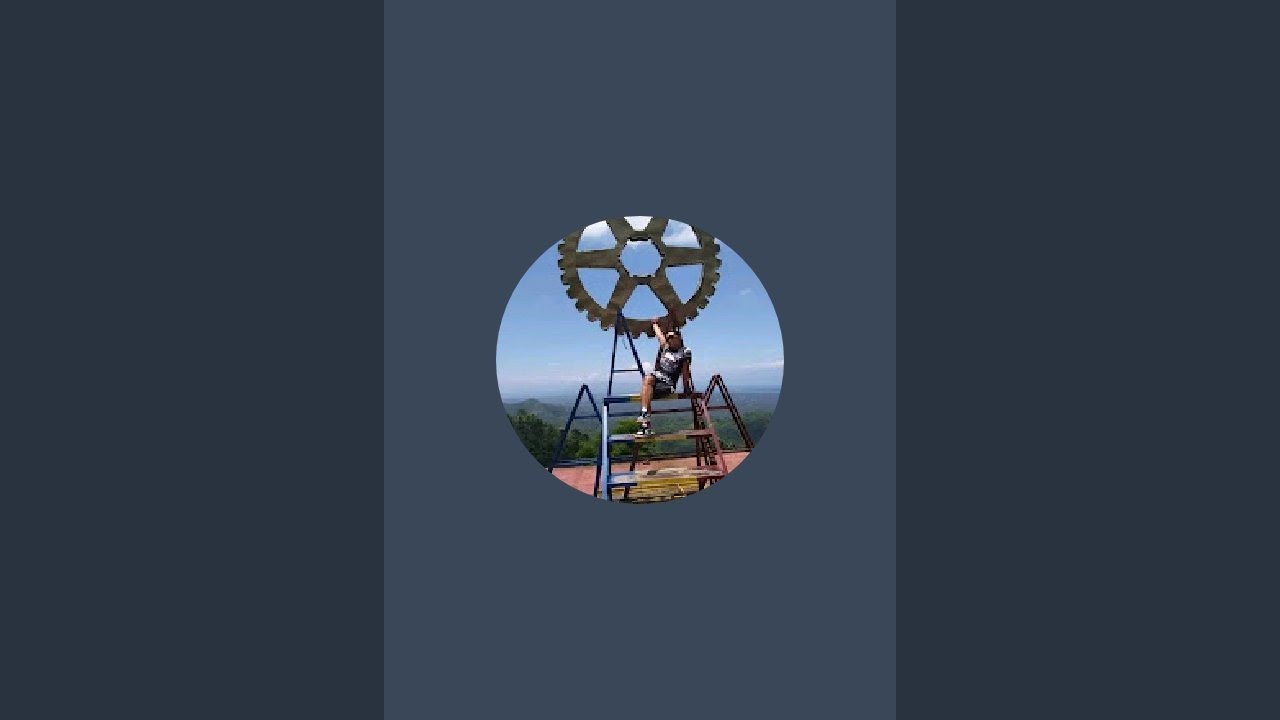
Kurundi 2nd century BCBuddhist temple
The temple is first mentioned in the 33rd chapter of the Mahavamsa (5th century Pali chronicle). It says that King Khallata naga (110-104 BC) built the Kurunda pasaka temple.
A brief history of the vicinity of the temple
Mullaitivu Kurundi ancient Buddhist temple
According to the “Mahawamsa” this monastery was constructed by King Ballatanaga (in some text AKA, Kallatanaga), during the years of 109-104 BCE. The site is considered sacred by the Buddhists it is a known to be a site that was visited by Lord Buddha during his 2nd visit to Lanka.
On the 12th of May 1933, a special Gazette notification has been issued by the colonial government of the time declaring Kurundi temple complex site and another temple complex site in the vicinity as a special Archaeological Reserve, encompassing an area of 78 acres and comes under the purview of the Department of Archaeology in Sri Lanka.
During the reign of King Akbo the 1st (period 571 -604 CE), the temple complex was renovated. King Akbo, also constructed a tank known as “Kurunda Wapi” as well as a Coconut Garden in the complex. King Vijayabahu the 1st, (period of reign 1055 to 1110 CE), did extend his patronage to the Temple complex in various ways. As per the legend, Kalinga Magha, an invader from the Kingdom of Kalinga in India, had established an encampment at the site which was destroyed by King King Parkamabahu the 2nd during his period of reign 1236 – 1270 CE. Kurundi Legend (Attakatha) was known to have been written at this location. The existence of a stone inscription, which was created by King Mahinda the 3rd, is recorded in the Archaeological Survey (ASCAR 1905) by H. C. P. Bell, Archaeological Commissioner of the time. Kurundi temple complex was referred to as Kurudi Gama or Village. The said King Mahida the 3rd had visited the site with his wife and daughter to settle dispute that had arisen over the usage of water, and created the stone inscription himself and had ordered not correct any grammatical errors that may be present in the inscription. The stupas are constructed using “KOBOK” Stone, a type of stone found in Sri Lanka which had been used extensively in the past for construction purposes. Also found in the site are many ruins and other historical artifacts, that depict its Buddhist heritage.






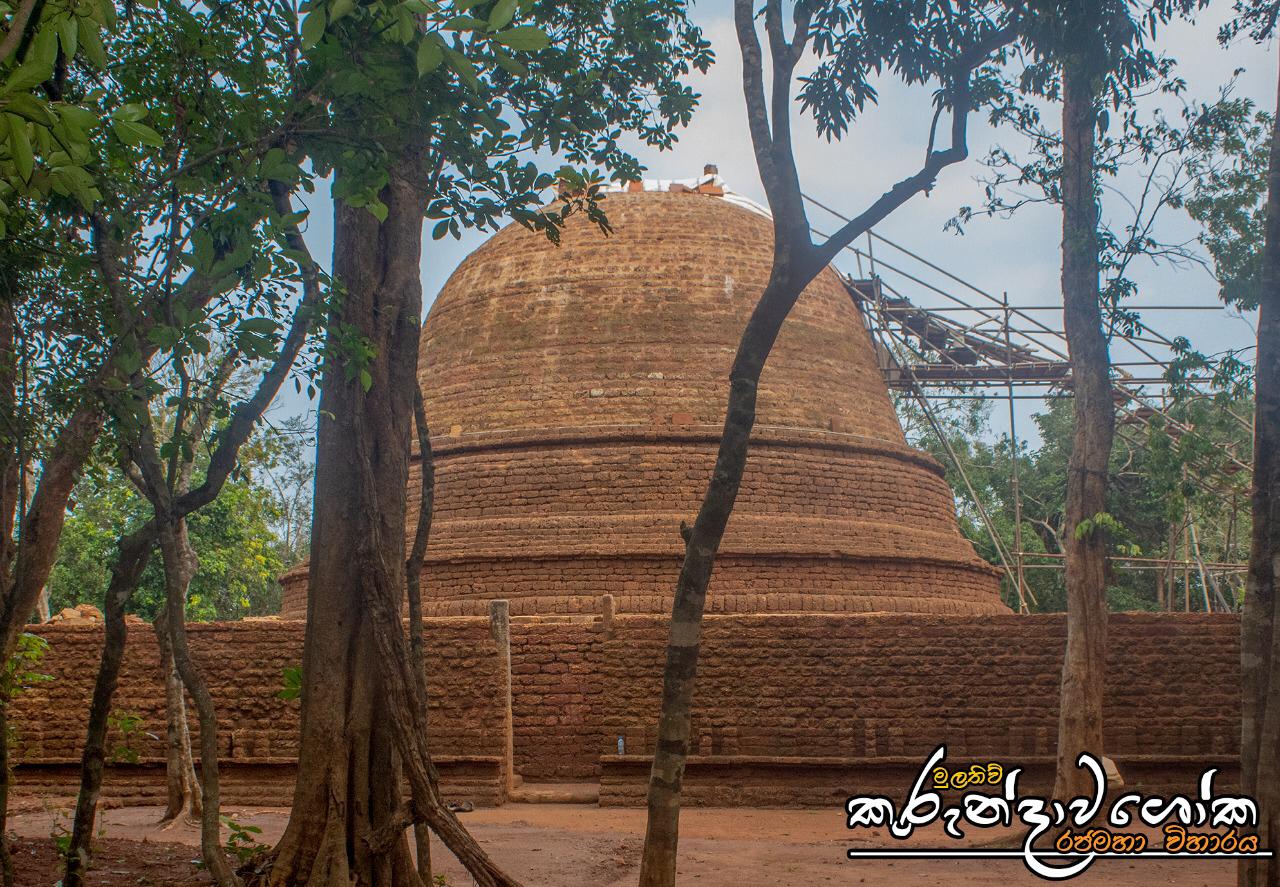

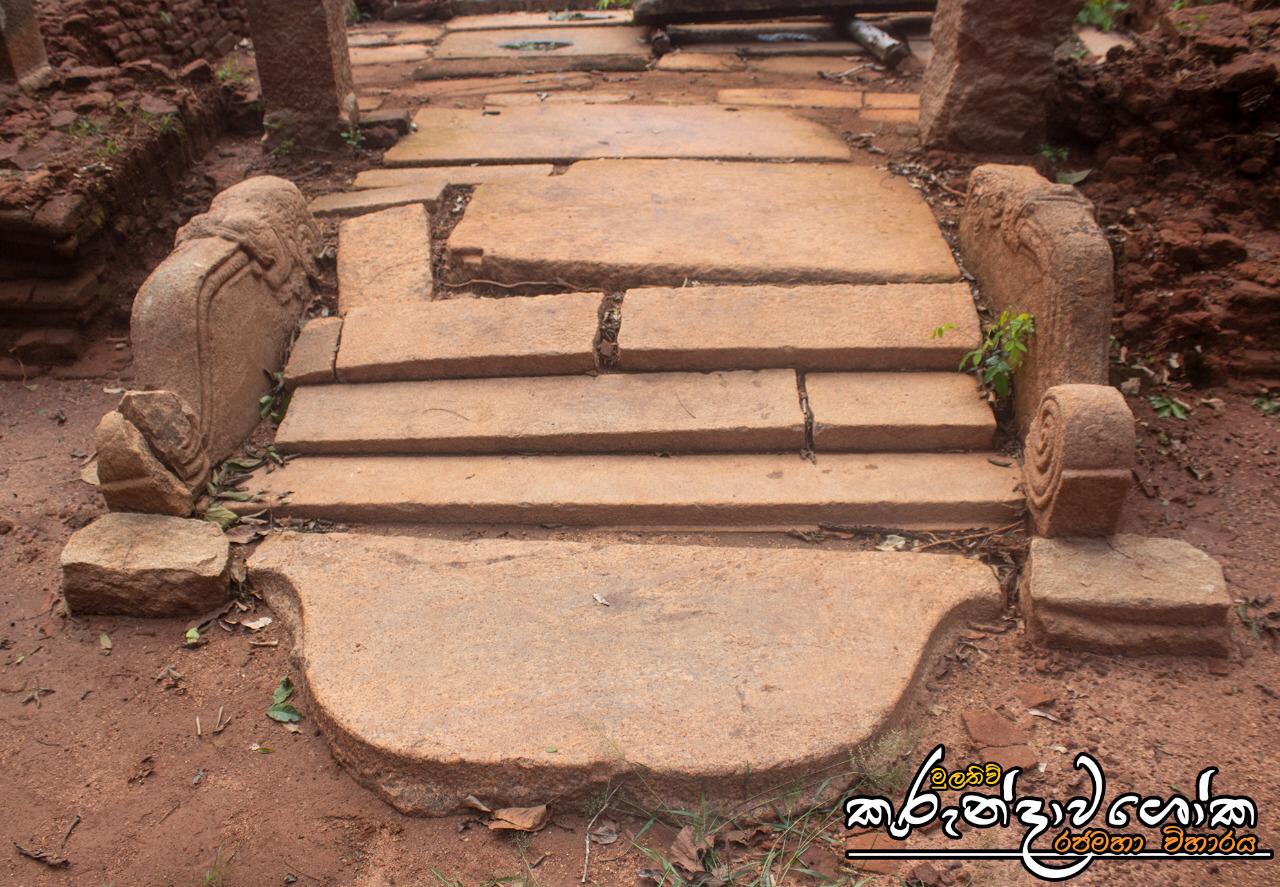
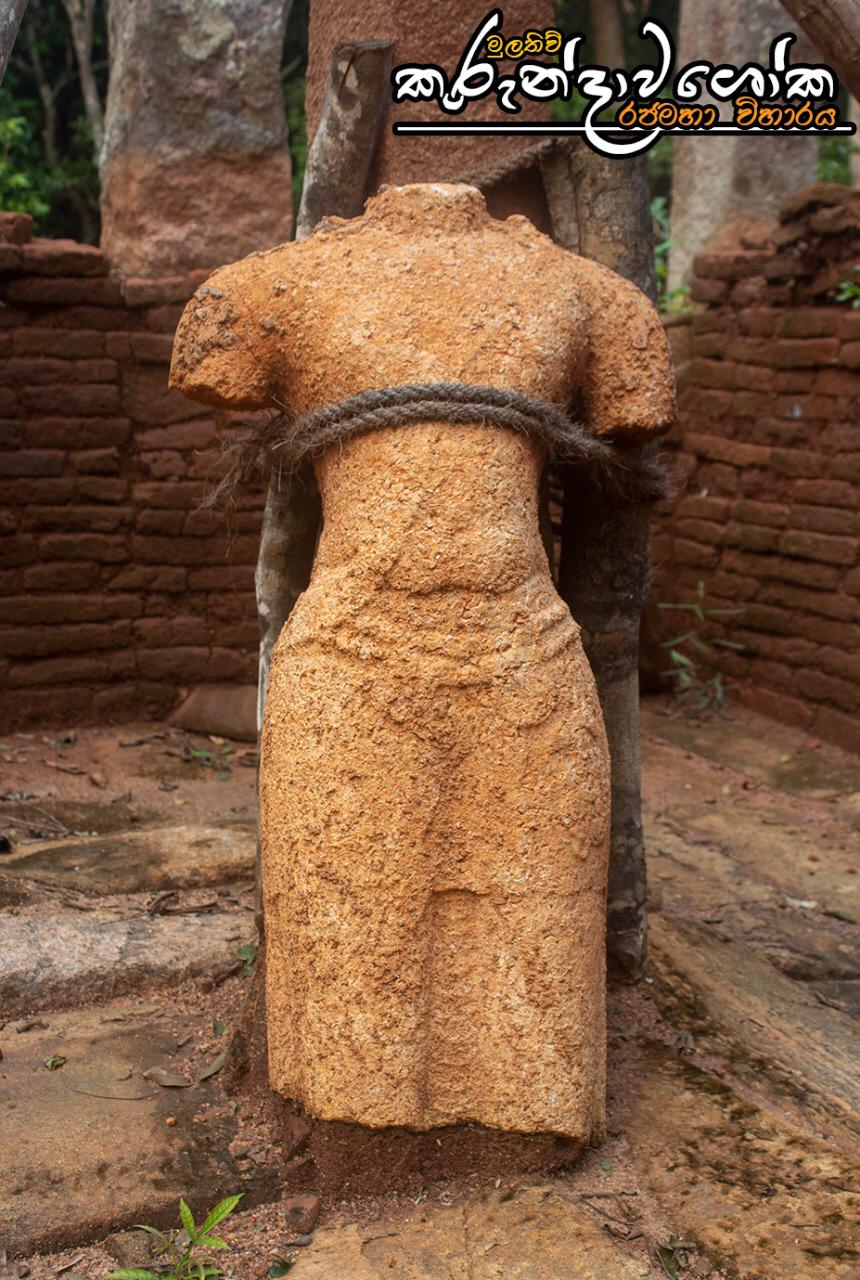


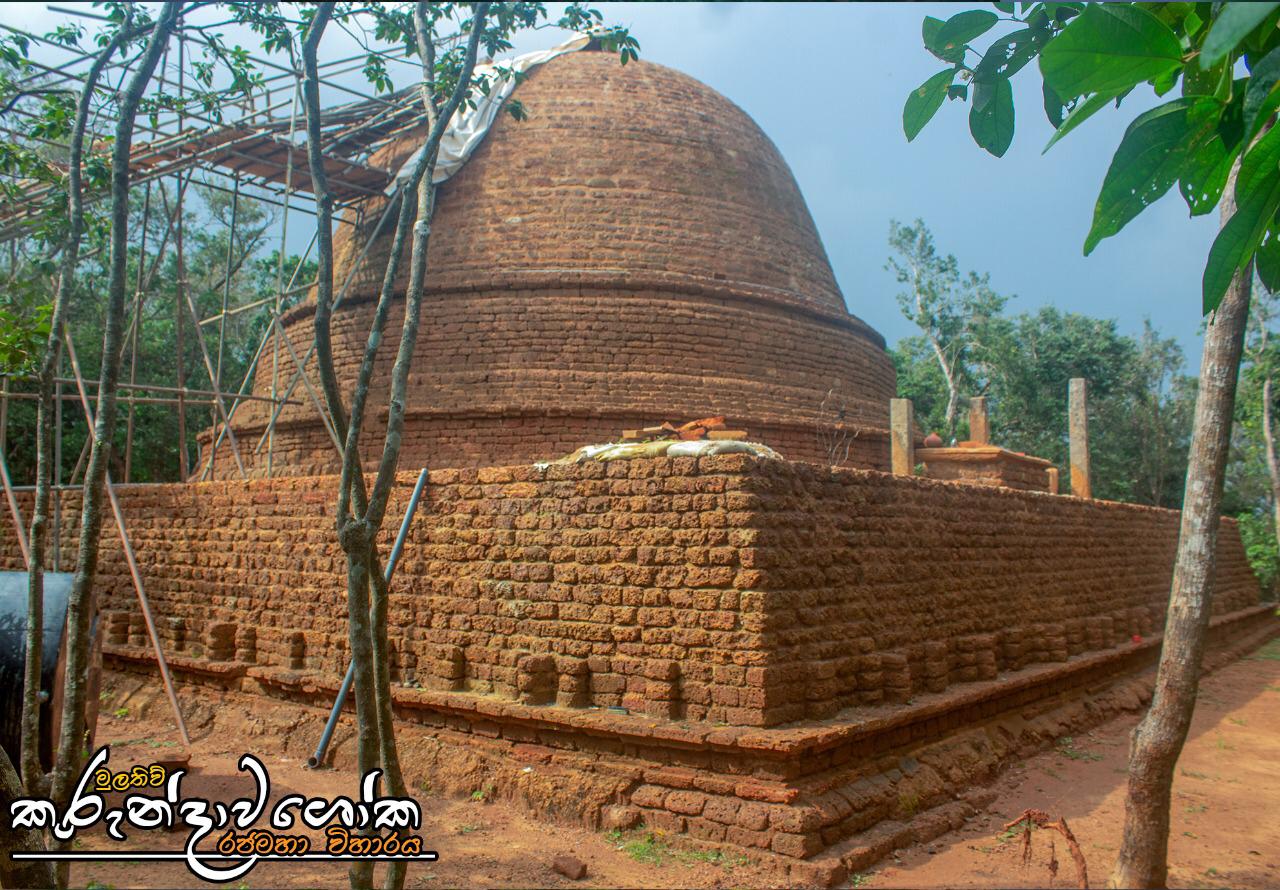













Kurundi Ancient Temple
News & Events
- All
- Dhammadesana
- Events
- History
- Newspaper Articles
- Sapumalgaskada
- Video





